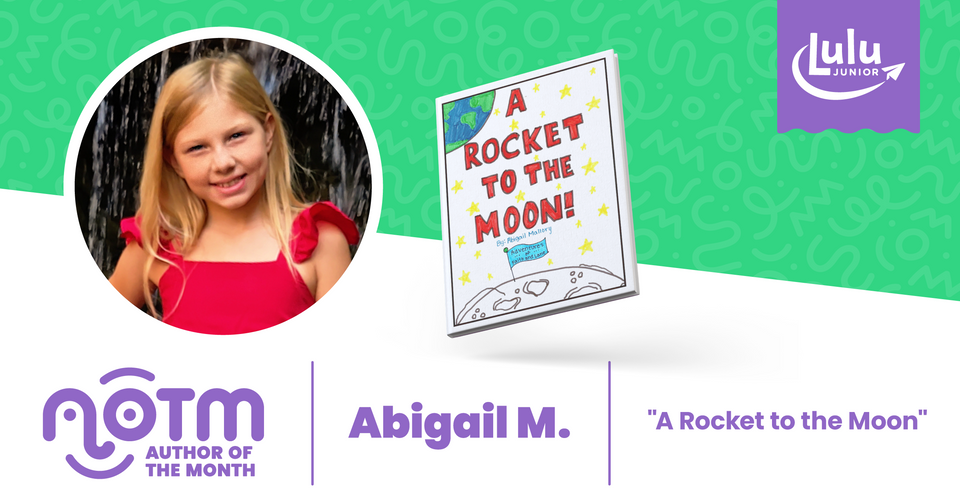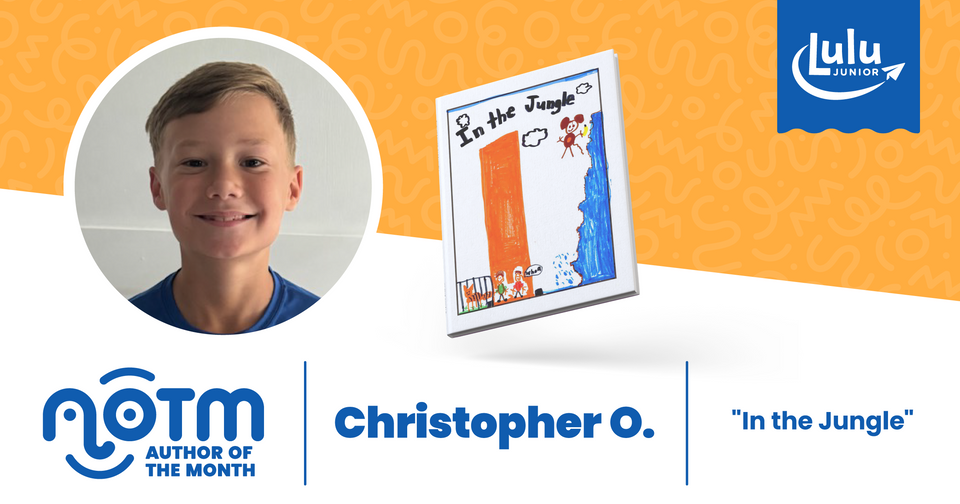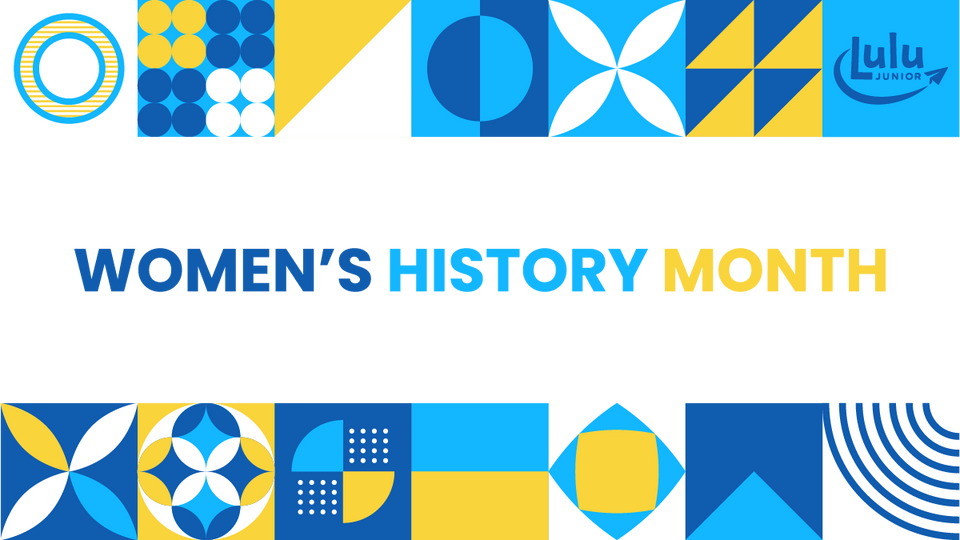
Women’s History Month Teaching Resources
March is Women’s History Month and presents a terrific opportunity to teach your kids more about the impact women have on history. Today, we’re providing a variety of online resources you can use to build educational lessons in women’s history, as well as highlighting children’s books by women authors.
The History
Women’s History Month began in the US in 1978 as a weeklong celebration in California, driven by the Education Task Force in Sonoma County. Two years later, President Carter made Women’s History Week officially the week of March 8th.
It would be another seven years of growing celebrations in March before the National Women’s History Project successfully petitioned Congress to make March Women’s History Month. During that same era, the United Nations recognized March 8th as International Women’s Day. As of 2014, over 100 countries worldwide recognize March 8th as International Women’s Day, celebrating women’s achievements and taking action against inequality.
Teaching Women’s History
The first step in teaching your kids about Women’s History Month is to gather your own resources. You could cover a lot of history, but fortunately, various organizations offer overviews and targeted details.
One resource, Womenshistory.org, provides historical information, biographies, and online galleries to supplement learning. Their resources page also includes a toolkit for helping you kick off Women’s History Month with daily learning activities.
The 2024 theme for Women’s History Month is “Women Who Advocate for Equity, Diversity, and Inclusion.” The National Women’s History Alliance features more information about this theme on their website.
“During 2024, we recognize the example of women who are committed to embracing everyone and excluding no one in our common quest for freedom and opportunity. They know that people change with the help of families, teachers and friends, and that young people in particular need to learn the value of hearing from different voices with different points of view as they grow up.” - NWHA

The US government’s Women’s History page also features a long list of resources for teachers.
Additional Resources
While women impact modern history daily, we reserve the month of March to step back and learn a little (or a little more) about the history that brought us to this place. These additional resources offer unique insight and teaching opportunities about the create women storytellers who have (and continue) to shape culture.
Read. Write. Think.
A part of the International Literacy Association, Read Write Think is a terrific resource for all kinds of learning. Their page dedicated to Women’s History Month includes plenty of classroom activities, more links to sites loaded with resources, and even some great grade-specific assignments.
Particularly if you’re teaching from home, the lesson plans on this page can be really helpful.
Lakeshore Learning
If you’re more interested in developing your own lesson plan, Lakeshore Learning’s free resources page is for you. Download calendars, lesson planners, flashcard templates, and more all for free.
You can use these free templates to help craft your own teaching plan for Women’s History Month. This is the perfect way to structure a lesson around a specific individual or event that resonates with you but doesn’t already have a place in existing teaching resources.
History Timeline
This one resource comes from history.com and provides a thorough timeline of modern women’s history, including important dates and figures for Women’s History Month. This timeline makes a good jumping-off point for learning about historical events and figures.
President’s Report - Women In America
While this report is a few years old (published in 2011), it’s an amazing look at data gathered by the US government about women and their role in America. While the report is a little dense for younger learners, using this report as a study guide or reading material for older students is a great idea.
Books For Kids
A great way to celebrate Women’s History Month with your kids is reading books by women authors!
Rocket girl! The little girl that became an astronaut
Shop Now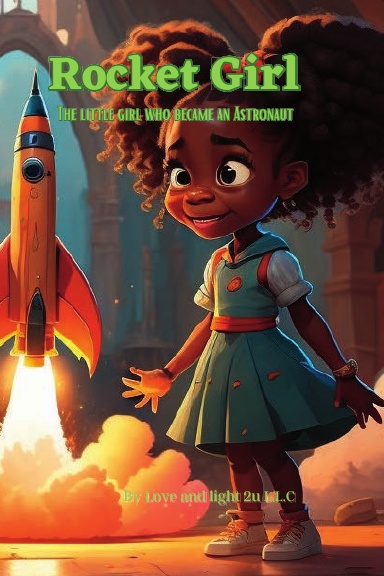
Mommy as a Leader
Shop Now
Women’s History Month Coloring Book
Shop Now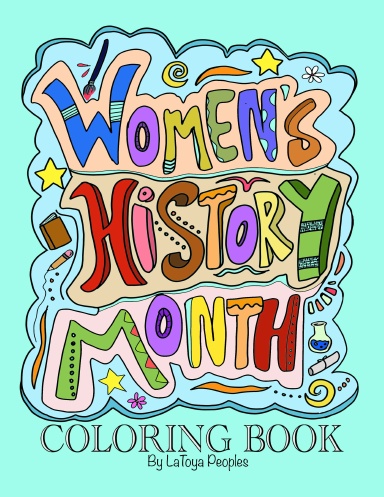
The ForestGirls, with the World Always
Shop Now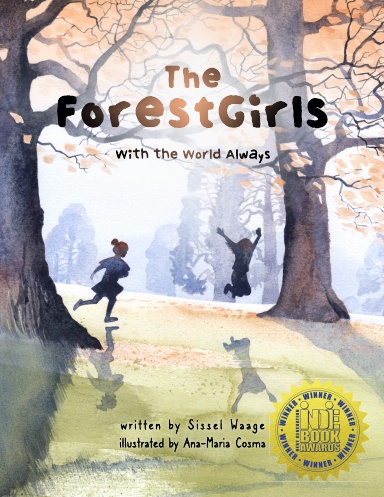
Women’s History Beyond March
Finally, it’s important that we all acknowledge and honor the women who make the world a better place every day. March is a terrific opportunity to study and learn more, but that learning has to continue.
The most valuable thing to instill in your students as you work through Women’s History Month is that national days and months are designed to call attention. But it’s on each of us to maintain that attention all year long.



